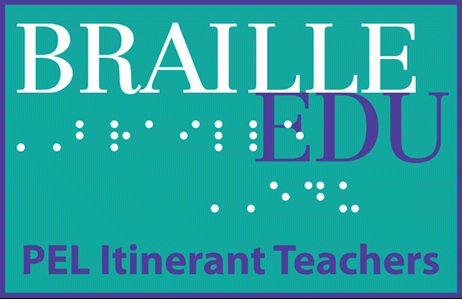Introduction to Braille: A brief history
Louis Braille, a young blind teenager, in 1829, redeveloped a raised 12-dot code signal system used for communicating coded messages to war allies, into a raised six-dot code system. This was the first-time people who were blind had a form of writing – the Braille code – which they could read by touching the series of raised dots. In the 1900’s, the Braille code was adjusted and modified for the English language and accepted in the United States as a medium for reading and writing for the blind. (Rex, 1994, pp.15 – 33).
Currently under BANA (Braille Authority of North America), a newly adapted code has been accepted to make Braille learning, reading and writing user friendly. This new code is referred to as the Unified English Braille code (UEB). A Braille music code and a computer code presently exists. The Nemeth code continues to be used for teaching mathematics and science. However, BANA has determined in their position statement that, “The decision to use UEB or the Nemeth Code within UEB context for technical materials should be made based on braille readers’ individual needs”.
(BANA, 2020, https://www.brailleauthority.org ).
Bibliographgy
BANA. (2020, 09). Terminology: UEB, Math/Science and UEB with Nemeth. A Position Statement by the Braille Authority of North America. https://www.brailleauthority.org.
Rex, E. et al. (1994) Foundations of Braille Literacy, (pp.5-33), AFB Press, New York, New York.
Wormsley, D. et al (2004) Braille Literacy: A Functional Approach, AFB Press, New York, New York.
